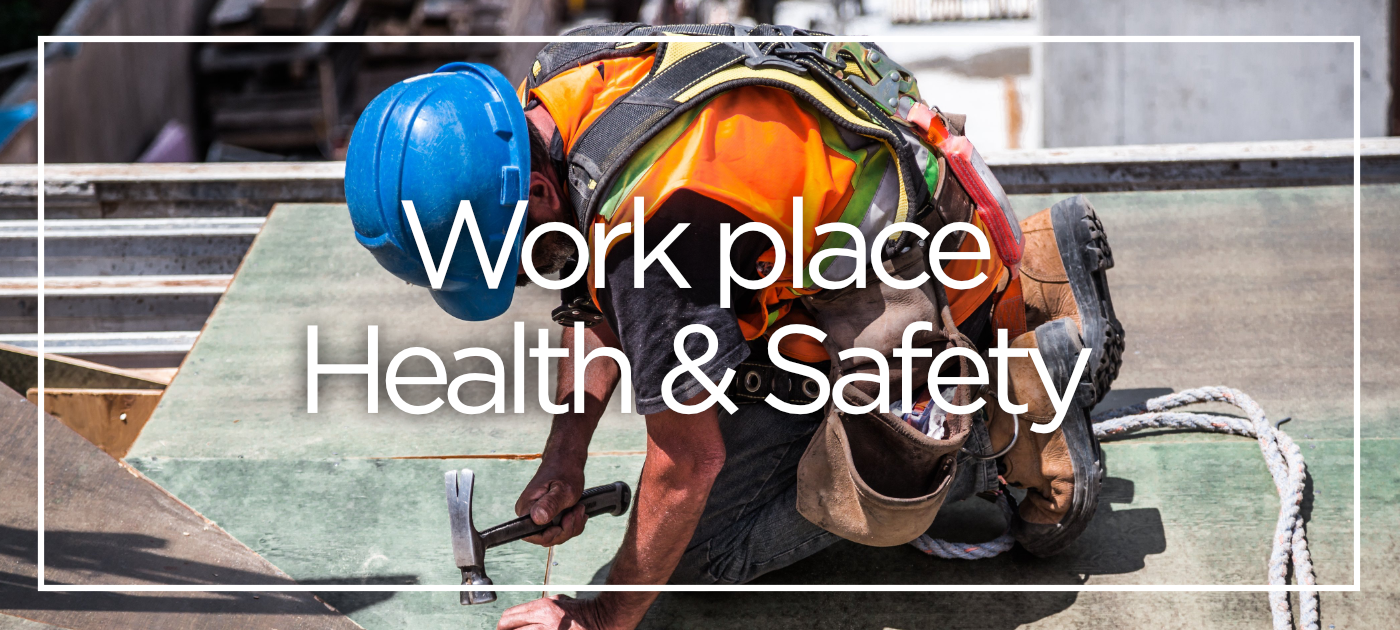Australia skin cancer problem
If you have staff who work outdoors regularly, you may be putting your staff at risk with melanoma. Australia has one of the world’s highest rates of skin cancers. Two in three Australians will be diagnosed with skin cancer by the time they reach 70 years of age. Cancer Society Queensland data shows that more than 3600 people are diagnosed with melanoma every year. It is the third most common cancer in men and women.
The main cause of skin cancer is over-exposure to the sun’s UVR (ultraviolet radiation). Fortunately, skin cancer is entirely preventable with a combination of sun protection. For outdoor jobs, the best sun protection measure is one that is easy to use with minimum fuss and disruption to work.
If your staff work in the sun for long periods of time, this article gives you the best sun protection solutions to minimise the risk of melanoma.
Why you need to protect your employees from sun damage
In Queensland, sun protection is needed all year round – even in winter! Are your employees protected from the harmful rays of the sun?
Here are 3 reasons why you need a sun protection program to protect your staff:
- Outdoor workers are at risk from getting melanoma
People who work outdoor receive up to 10 times more sun exposure than those who work indoors. Outdoor workers who are exposed to the sun for long periods of time received a significant amount of UV radiation and are at a higher risk of developing skin cancers.
- Sun safety is a health and safety requirement
State Occupational Health & Safety Act requires employers to practise a duty of care to provide a safe and healthy work environment. Including proper sun safety protection.
- Sun protection at work saves costs and improves productivity
A good sun protection program can prevent sun-related injuries (for example heat stroke) and reduce the suffering and costs associated with skin cancer. Staff feels better if they feel safer. Sun protection programs can boost morale and improve productivity.
The best ways to protect your outdoor staff from the sun
Cancer Council Australia recommends a combination of 5 sun protection behaviours in the workplace. We examine each method in the context of an outdoor work environment to show you how each method can be used in your business.
Slip on sun protection clothing
UPF clothing is not just for golfers and athletes, they are suitable for workers as well. Wearing long-sleeves, dark colours and nylon/polyester fabric is good but it does not give the high level of protection that sun protective clothing provides. UPF clothing is sun safe because it acts as a barrier between the skin and the sun. UP50+ clothing is lightweight and moisture-wicking making them ideal work wear for staff who works in the sun all day. Sun protection clothing comes in many sizes and shapes including sleeves, shoulder-wraps and full-body wear for comprehensive sun cover.
Our verdict: Sun protection clothing is the best first line of defence against the sun. Sun protection clothing is wearable sunscreen that your workers do not have to take time off to reapply. For full body sun protection, sun protective clothing is what your company should be using.
Slop on sunscreen
Sunscreen is compulsory for any outdoor activities, including work. For maximum protection, use SPF 30 or higher sunscreen. For sunscreen to be effective, it has to be applied every two hours.
Our verdict: Sunscreen is an effective sun protection measure but you will have to educate staff to reapply it every two hours for it to work. This may not suit all types of outdoor work. For example, if your staff is in construction, they cannot stop work at the top of a high rise to apply sunscreen.
Slap on a hat
Hats must be able to protect the head, eyes, ears, and neck to be effective.
Our verdict: Make hats compulsory for outdoor workers. Hats alone are not enough. Combine hats with sun protective clothing and sunscreen for maximum sun cover.
Seek
If out in the sun, finding shade whenever possible can minimise the risks of sunburns.
Our verdict: Shade is only a workable solution during breaks. Employees cannot be looking for a tree or a tall building to stay out of the sun if they are working.
Slide
If your staff work in the sun a lot, encourage them to wear close-fitting wrap-around sunglasses (Australian Standards AS1067).
Our verdict: If wearing sunglasses does not interfere with the work they are doing then you should encourage staff to wear them.
Sun safety is what we are about. Keep your employees safe from sun exposure with SParms. Our moisture-wicking UP50+ sun protection wears to keep them cool and protected all day without having to reapply sunscreen every few hours.
Find out more about SParms and it's certified UPF50+ sun protective range by clicking the links below:
Sleeves UPF50+
Shoulder Wraps UPF50+
Body Shirts UPF50+
More UPF50+
SP arms Team,
This is for information purposes only, always consult your medical professional

0 comments